The PI's Perspective: Extending Exploration and Making Distant Discoveries
Friday, 26 August 2022 13:17 New Horizons remains healthy from its position deep in the Kuiper Belt, even as it speeds farther and farther from the Earth and Sun by about 300 million miles per year. The spacecraft is about 54 times farther from the Sun than Earth, which is about two billion miles farther out than our first science flyby target, Pluto, and about a billion miles farther out than Arrokoth, the Kuiper Belt obje
New Horizons remains healthy from its position deep in the Kuiper Belt, even as it speeds farther and farther from the Earth and Sun by about 300 million miles per year. The spacecraft is about 54 times farther from the Sun than Earth, which is about two billion miles farther out than our first science flyby target, Pluto, and about a billion miles farther out than Arrokoth, the Kuiper Belt obje JWST makes first unequivocal detection of carbon dioxide in an exoplanet atmosphere
Friday, 26 August 2022 13:17 For the first time, astronomers have found unambiguous evidence of carbon dioxide in the atmosphere of an exoplanet (a planet outside our solar system).
The discovery, accepted for publication in Nature and posted online August 25, demonstrates the power of the James Webb Space Telescope (JWST) to deliver unprecedented observations of exoplanet atmospheres.
Natalie Batalha, professor
For the first time, astronomers have found unambiguous evidence of carbon dioxide in the atmosphere of an exoplanet (a planet outside our solar system).
The discovery, accepted for publication in Nature and posted online August 25, demonstrates the power of the James Webb Space Telescope (JWST) to deliver unprecedented observations of exoplanet atmospheres.
Natalie Batalha, professor ESA Open Day at ESTEC on Sunday 2 October
Friday, 26 August 2022 12:35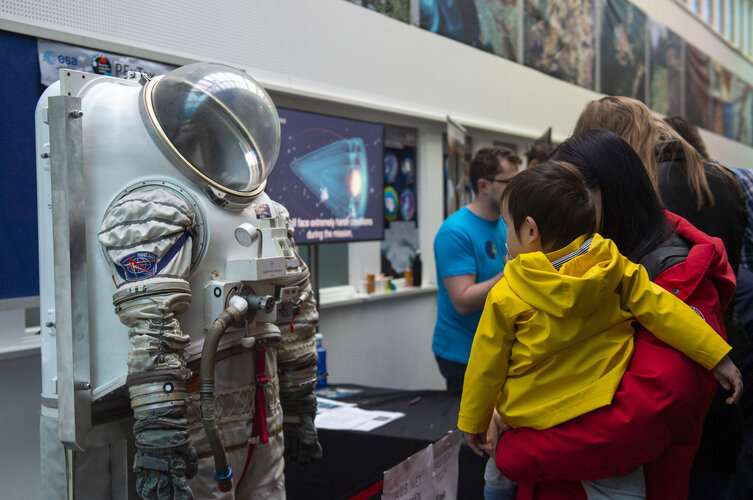
Save the date: this year’s 11th annual ESA Open Day at ESTEC in the Netherlands is confirmed to take place on Sunday 2 October. One of a string of ‘ESA Days’ across Member States, this is the day when the gates of the Agency’s technical heart will be thrown open to the general public, to see space hardware and testing facilities and meet space scientists, engineers and ESA astronauts.
Godspeed, Uhura: A bit of Star Trek's Nichelle Nichols will go to space
Friday, 26 August 2022 12:07
Nichelle Nichols, who blazed a trail for Black actors as Lieutenant Uhura on the original "Star Trek," never got to go to space while she was alive—but her ashes and her DNA are due to reach the final frontier as early as this year.
The symbolic samples are scheduled to fly beyond the moon, along with the ashes of other dearly departed Star Trek pioneers such as James Doohan ("Scotty"); Majel Barrett Roddenberry ("Nurse Chapel"); the TV series' creator, Gene Roddenberry; and visual-effects wizard Douglas Trumbull.
To top it all off, Nichols' memorial journey will begin with the launch of a Vulcan rocket. "I'm sure she would have much preferred to go on the shuttle," said her son, Kyle Johnson, "but this was a pretty close second."
The "Enterprise" memorial mission is being organized by Houston-based Celestis, which has been making arrangements to fly its customers' cremated remains for a quarter-century.
Week in images: 22-26 August 2022
Friday, 26 August 2022 12:00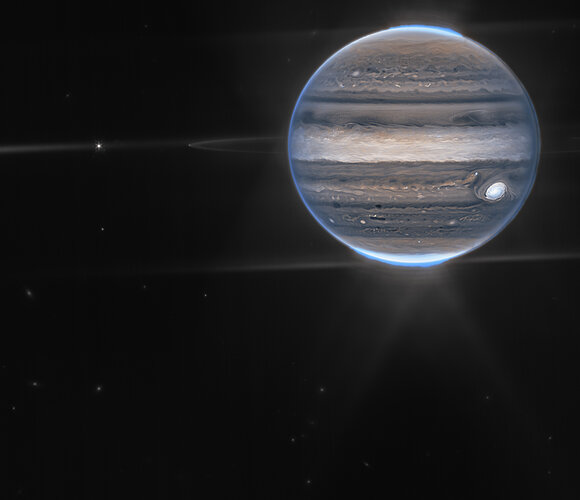
Week in images: 22-26 August 2022
Discover our week through the lens
Protecting Artemis and lunar explorers from space radiation
Friday, 26 August 2022 10:30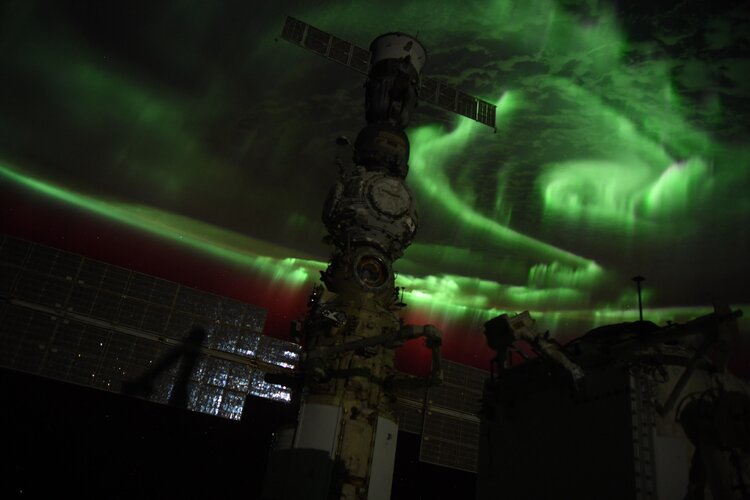
Sunrise for the Moon
Friday, 26 August 2022 10:24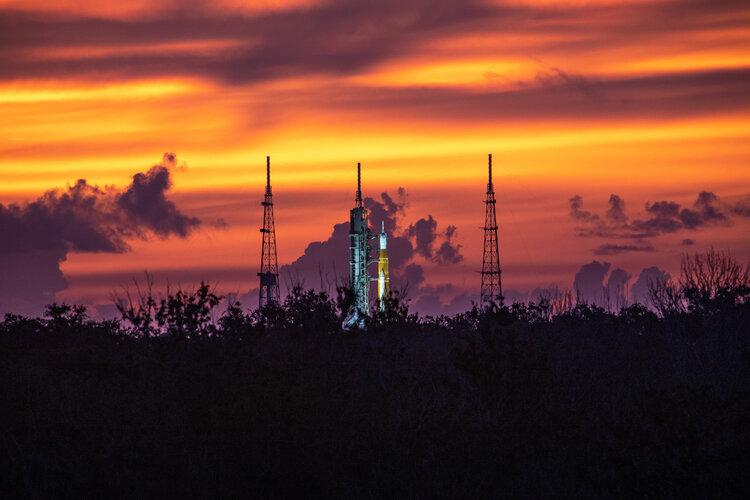 Image:
Image:
The Orion spacecraft with integrated European Service Module sit atop the Space Launch System, imaged at sunrise at historic Launchpad 39B at Kennedy Space Center in Florida, USA.
The Flight Readiness Review has deemed the trio GO for launch, marking the dawn of a new era in space exploration.
The first in a series of missions that will return humans to the Moon, including taking the first European, Artemis I is scheduled for launch no earlier than Monday 29 August, at 14:33 CEST.
This mission will put NASA’s Orion spacecraft and ESA’s European Service Module to the test during a
Cubesats to hitch rides on Artemis 1
Friday, 26 August 2022 09:52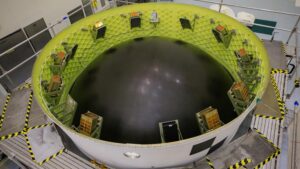
The first flight of the Space Launch System will carry along with the Orion spacecraft 10 cubesats intended to carry out missions from prospecting for lunar ice to flying by an asteroid — if they’re not dead on arrival.
China makes progress in reusability with secretive second flight of suborbital spaceplane
Friday, 26 August 2022 08:06
China has performed its first repeated use of a suborbital spaceplane as part of efforts to develop a fully reusable space transportation system.
The post China makes progress in reusability with secretive second flight of suborbital spaceplane appeared first on SpaceNews.
Lunar Trailblazer faces NASA review after cost overruns
Friday, 26 August 2022 07:04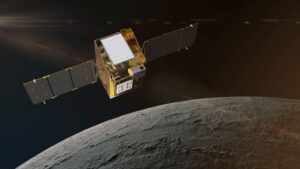
NASA will decide the future of a lunar smallsat orbiter mission at a review this fall after cost overruns by the spacecraft’s manufacturer.
The post Lunar Trailblazer faces NASA review after cost overruns appeared first on SpaceNews.
ESA astronaut rad-detectors on Artemis
Friday, 26 August 2022 05:49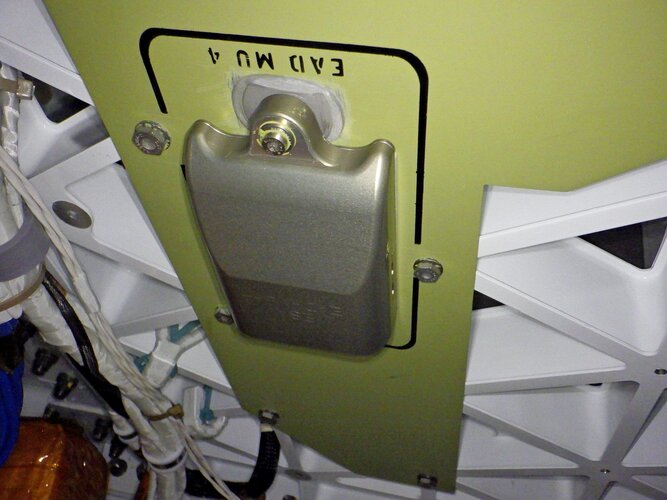 Image:
ESA astronaut rad-detectors on Artemis
Image:
ESA astronaut rad-detectors on Artemis Boeing eyes February for space capsule's first crewed flight
Friday, 26 August 2022 05:18 The first crewed flight of Boeing's space capsule Starliner is scheduled for February 2023, the company and NASA announced Thursday, as the United States seeks to secure a second way for its astronauts to reach the International Space Station.
Since 2020, American astronauts have traveled to the ISS aboard SpaceX's vessels but the US space agency wants to widen its options.
After a serie
The first crewed flight of Boeing's space capsule Starliner is scheduled for February 2023, the company and NASA announced Thursday, as the United States seeks to secure a second way for its astronauts to reach the International Space Station.
Since 2020, American astronauts have traveled to the ISS aboard SpaceX's vessels but the US space agency wants to widen its options.
After a serie Webb telescope finds CO2 for first time in exoplanet atmosphere
Friday, 26 August 2022 05:18 The months-old James Webb Space Telescope has added another major scientific discovery to its growing list: detecting for the first time signs of carbon dioxide in the atmosphere of a planet outside our solar system.
Although the exoplanet would never be able to support life as we know it, the successful discovery of CO2 gives researchers hope that similar observations could be carried out o
The months-old James Webb Space Telescope has added another major scientific discovery to its growing list: detecting for the first time signs of carbon dioxide in the atmosphere of a planet outside our solar system.
Although the exoplanet would never be able to support life as we know it, the successful discovery of CO2 gives researchers hope that similar observations could be carried out o SpaceX and T-Mobile unveil satellite plan to end cellphone 'dead zones'
Friday, 26 August 2022 05:18 Elon Musk's SpaceX satellites will connect directly to T-Mobile cellphones to provide service access even in the most remote places beyond the reach of cell towers from next year, the two companies announced Thursday.
The new service, which will work on existing cellphones and utilize SpaceX's network of thousands of Starlink satellites in Earth's orbit, will begin offering text messaging se
Elon Musk's SpaceX satellites will connect directly to T-Mobile cellphones to provide service access even in the most remote places beyond the reach of cell towers from next year, the two companies announced Thursday.
The new service, which will work on existing cellphones and utilize SpaceX's network of thousands of Starlink satellites in Earth's orbit, will begin offering text messaging se SpaceX and T-Mobile partner for direct-to-cellphone satellite service
Friday, 26 August 2022 02:30
T-Mobile announced plans Aug. 25 to use SpaceX’s Starlink broadband satellites next year to bring connectivity to phones beyond the reach of its cell towers in the United States.
The post SpaceX and T-Mobile partner for direct-to-cellphone satellite service appeared first on SpaceNews.
